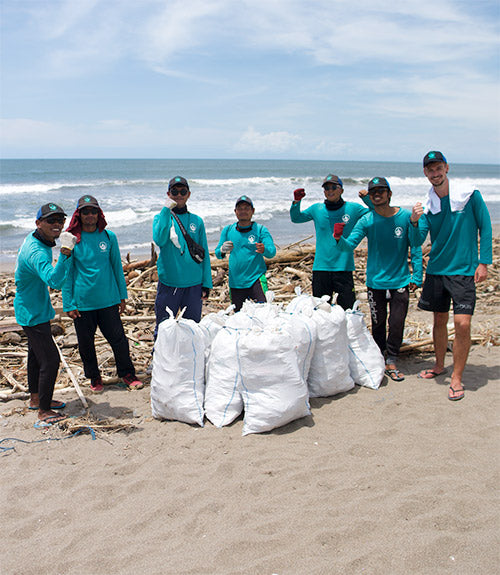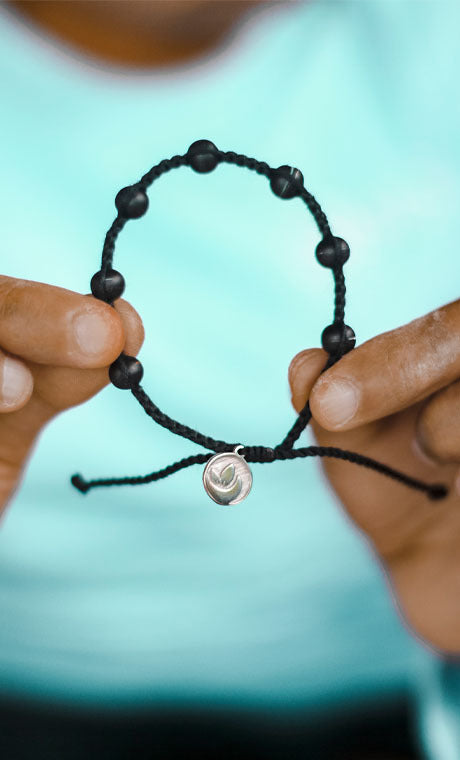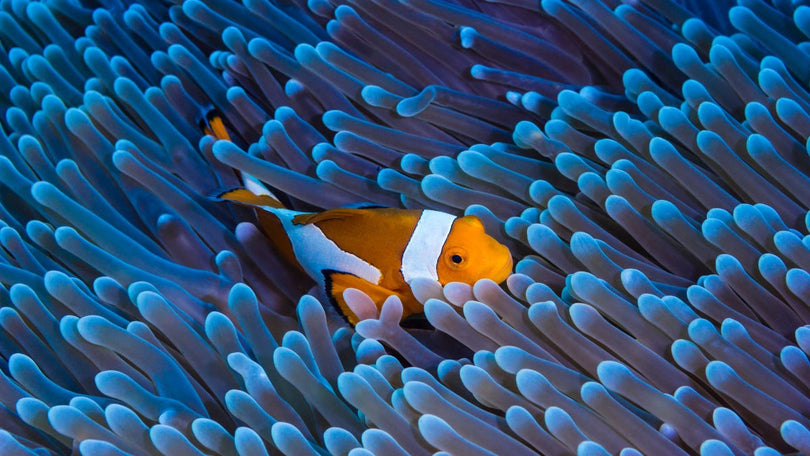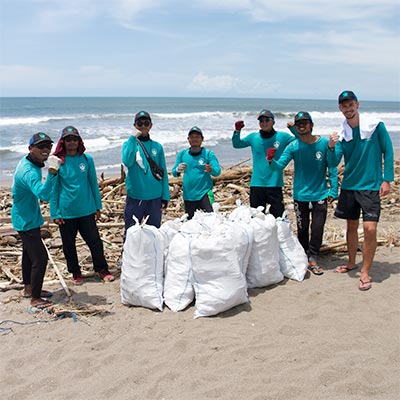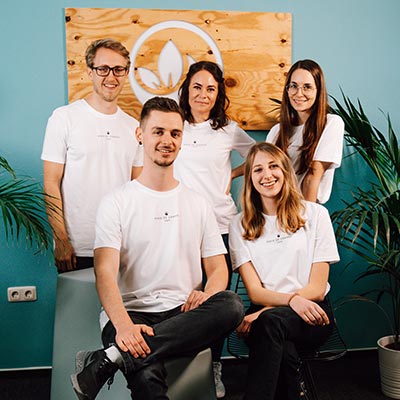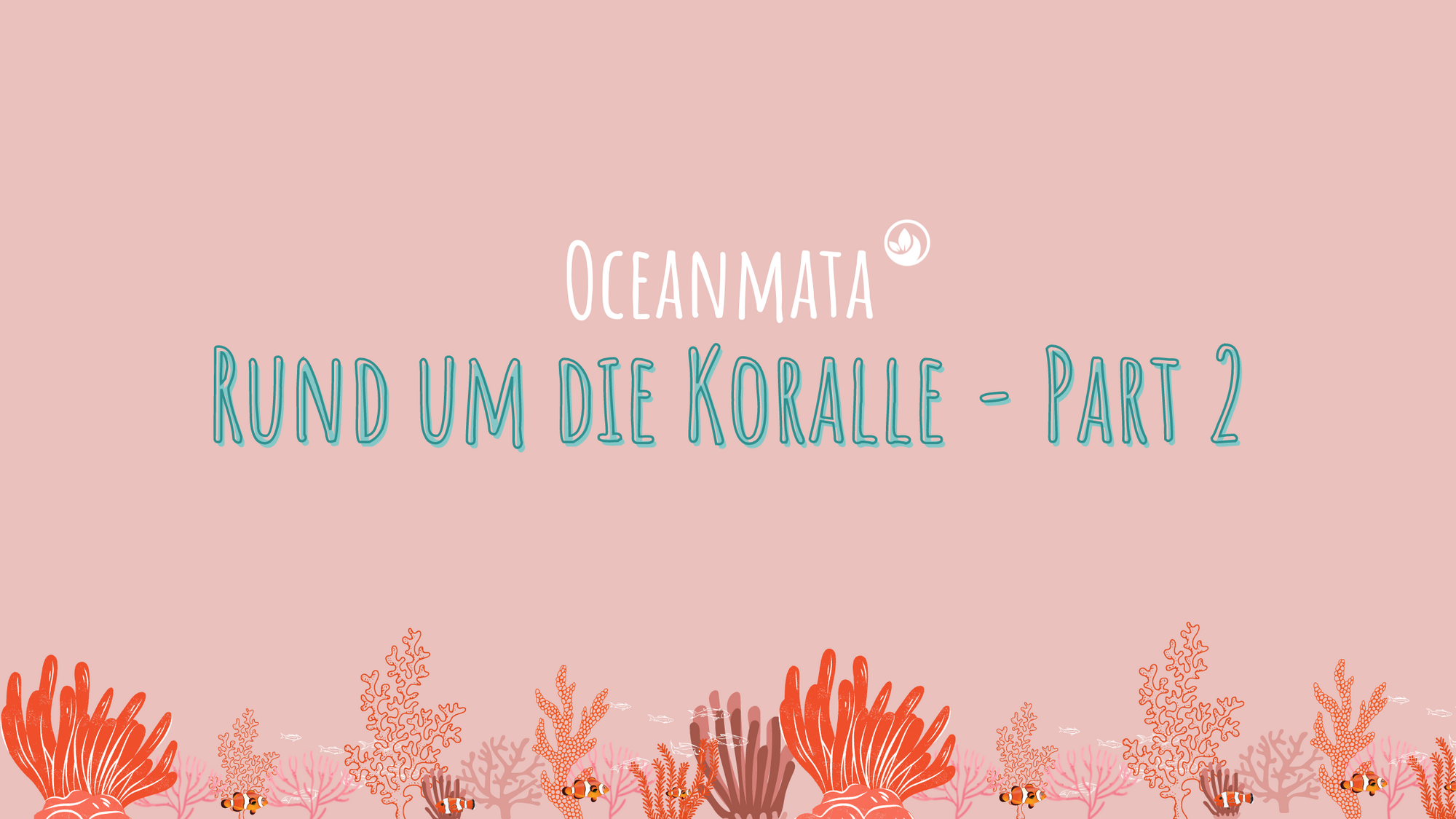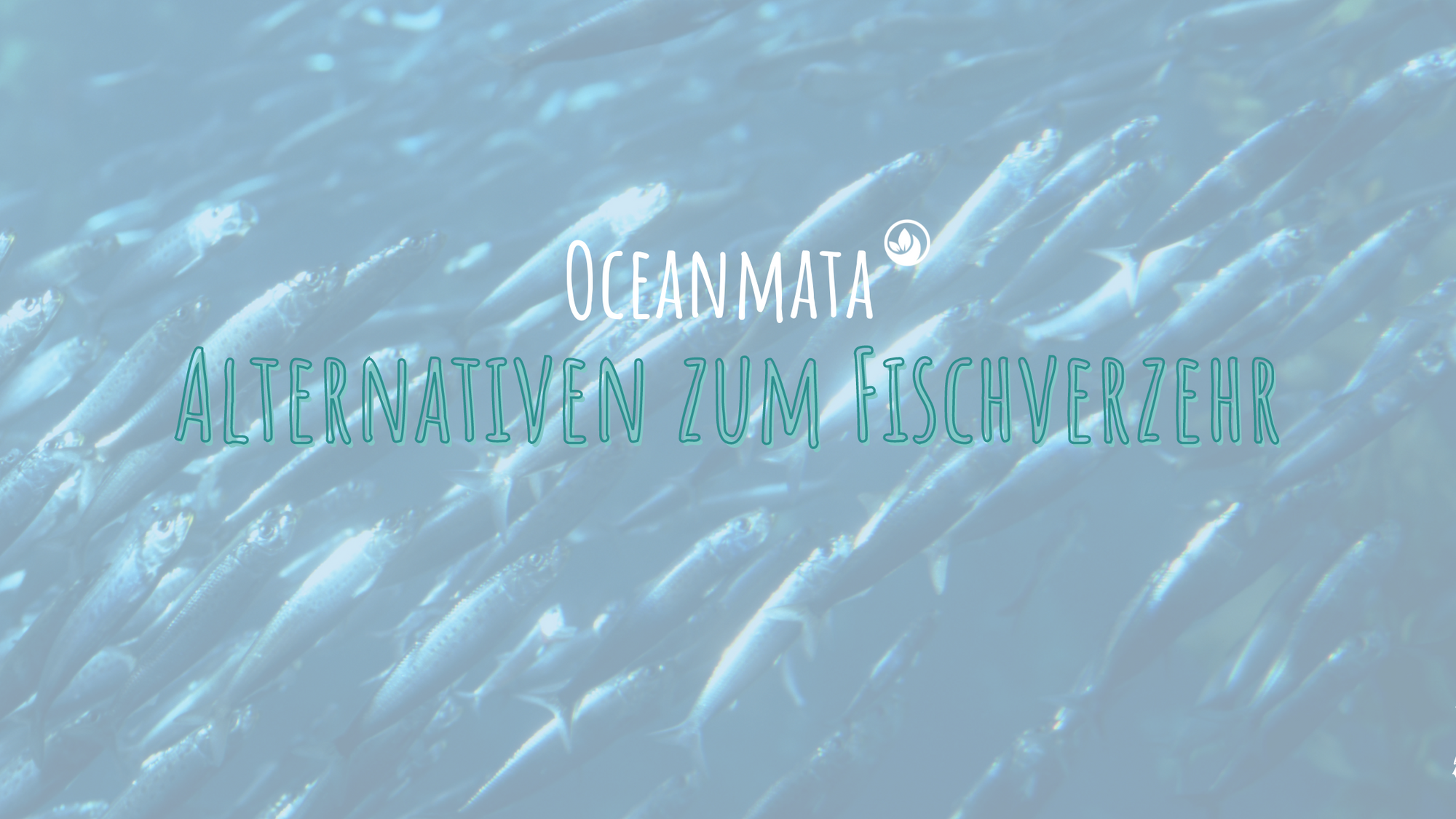Everyone talks about trees and land plants and how important flora and fauna are for our planet's climate. But hardly anyone talks about the part of our ecosystem that a full 71% of our planet makes up. The sea makes the earth a unique planet in the universe. No other world we know of has such large bodies of water and so much oxygen in its atmosphere.

If the ocean is sick, the planet cannot be healthy!
Until our next exciting launch on May 18, 2021 , we want to educate people about an underwater creature that, in our opinion, receives far too little attention, yet is so important for the health of our oceans.
Did you know that not only plants on land, but especially marine plants are of great importance for maintaining our ecosystem?
Today we would like to introduce you to the colorful underwater world and, above all, to a very specific species of underwater creatures that we will be supporting with your help starting in mid-May.
The coral
Perhaps you've already admired it yourself during a dive on vacation. Or perhaps you only know it from movies – the colorful underwater world and its essential part: the corals.
Nowadays it is really difficult to find a coral reef covered in bright colors , like the ones you see in movies.
But what exactly is a coral?
A coral is a fascinating creature and is not a plant, but an animal. However, it needs algae to survive. Without this symbiosis, the coral cannot survive. Without the symbiosis with the marine plants, the coral dies. Let's take a look at the details.
Inside, a coral consists of thousands of tiny polyps , which represent its mouths, surrounded by tentacles . A coral has millions of them.
Their tissue consists of microalgae , millions per square centimeter. Thanks to photosynthesis, they act as a kind of food factory for the coral polyps and utilize the food.
The coral skeleton forms the foundation for the constantly growing colony. During the day , the Photosynthesis takes place. At night , the plant sleeps, and the animal within the coral becomes active. The polyps capture prey using stinging cells located at the tips of their tentacles .
Facts about corals
- They existed long before humans on this earth
- More than 5000 different coral species researchers have discovered to date
- Corals officially belong to the group of cnidarians
- The largest coral reef in the world is the Great Barrier Reef in Australia with around 2300 km
Why we need to protect corals
The death of corals isn't a new topic. It's a topic that's been around since the 1970s and has been covered by the media from time to time. Recently, however, things have been very quiet on the topic of the death of the oceans.
In the last 30 years, we've lost 50% of the world's corals, and the trend is increasing. The reason for this? Climate change, the associated warming, and, of course, ocean pollution.
The cnidarians have a particularly hard time coping with the higher water temperatures . At first glance, this is hard for us humans to understand—how could it? If it gets 2 degrees warmer on land, we don't notice much of it.
The ocean and the animals and plants that live there are considerably more sensitive. We find the following comparison very illuminating:
Imagine your body temperature rising by two degrees—that's more than threatening for your body in the long run. And the same is true for the ocean.
What is coral bleaching?

Before a coral dies completely, it undergoes a process called bleaching. Coral bleaching is comparable to fever in humans.
The coral's plant cells gradually lose their ability to photosynthesize and can no longer feed the host. The animal inside the coral senses that something is wrong and begins to reject the plant. This ultimately leaves behind dead tissue, the coral's polyps no longer receive any food, and they eventually starve to death.
The coral is not dead yet as long as you white is and Not visibly dirty/covered with algae . This is because it doesn't yet allow any deposits to form. However, it doesn't continue to grow or reproduce. It dies. As soon as microalgae form a fuzz on the surface, it's visible from the outside that the coral is dead.
You can find out what you can do personally to combat coral bleaching here .
The good news: It is not too late for the ecosystems suffering from climate change.
But: we need a new orientation, now!



